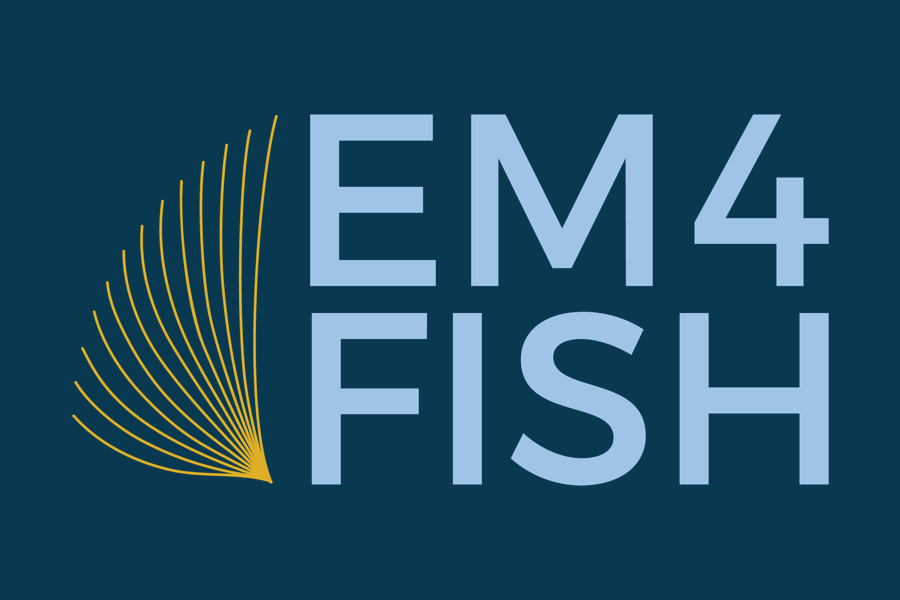On June 26-27, 2019, the Electronic Monitoring Video Data Management Workshop was held in SeaTac, Washington. The workshop was supported by the Net Gains Alliance, The Nature Conservancy and the databranch. We are posting both a Background Document and the workshop’s Meeting Summary, prepared by Kate Wing & Emilie Franke, with legal analysis by Joe Sullivan.
Below is the Introduction to the Background Document, along with links for downloading both PDFs.
Download Background Document — Download Meeting Summary
Introduction
Electronic monitoring (EM) is a rapidly growing source of U.S. commercial fishery data.
EM programs are being implemented by federal fishery management Councils and the National Marine Fisheries Service (NMFS) on a region-by-region, fishery-by-fishery basis, with a variety of vendors, system configurations, and program goals. Each decision in the design of an EM program has implications for the usability of the data produced and for the costs to NMFS and industry. Some design decisions may also have unique implications for the legal status and management of EM data products, including video and review reports.
Ultimately, a core goal for any EM program is to generate data to meet management needs accurately and cost- effectively. We believe that better and more consistent frameworks for program design, including an awareness of the interdependencies of technology, data access, and policy choices, will help achieve that goal. We also see value in taking a user-centered design approach to EM, exploring who programs are designed for and what the benefits and costs are of designing for multiple groups.
This workshop was designed to spark cross-sector conversations about EM program design, with a focus on data handling and management. We hope that participants in this workshop will leave with:
- A better understanding of the commonalities and distinctions across regions and fisheries in how EM programs handle data;
- An awareness of different EM program design choices and how they can affect cost, data availability, usability, and other factors; and
- Questions to ask during EM program design discussions to help clarify how policy and technology might intersect, and what the implications could be for fishermen, vendors, scientists, enforcement, and other stakeholders.
This document provides some shared background information for all participants, including a description of the data flows and key data management points for two existing EM programs and a summary of legal issues around EM data management.
The authors greatly appreciate everyone who provided us with input for this document; all errors are our own and we welcome corrections/additions from workshop participants.
After the workshop, the Net Gains Alliance will submit a workshop summary to NMFS for the public record that may include some of this background material. The summary will include general discussion topics and themes from this meeting, but will not record or attribute statements to individual participants or their home organizations.
Note on non-rulemaking and workshop discussions: Discussions of laws and policies at the workshop will focus on the general application of existing laws and policies to EM data management without addressing how they might apply to specific EM programs that are under development or in rulemaking. The discussion is intended to promote a common understanding of the relevant legal and policy framework for EM, and statements made will not constitute legal advice or agency opinions. Agency staff and NOAA GC attorneys will not comment on unresolved agency policy issues or issues being addressed in ongoing rulemaking but are welcome to listen and ask questions during the entire event.

